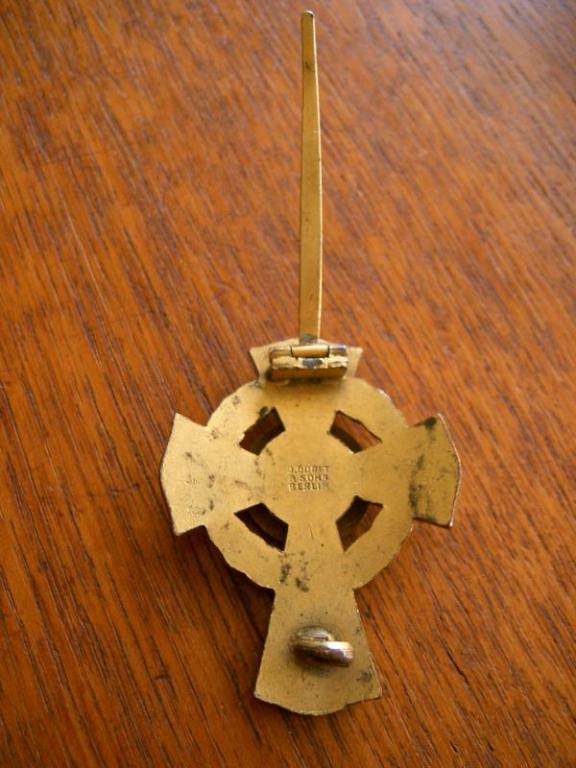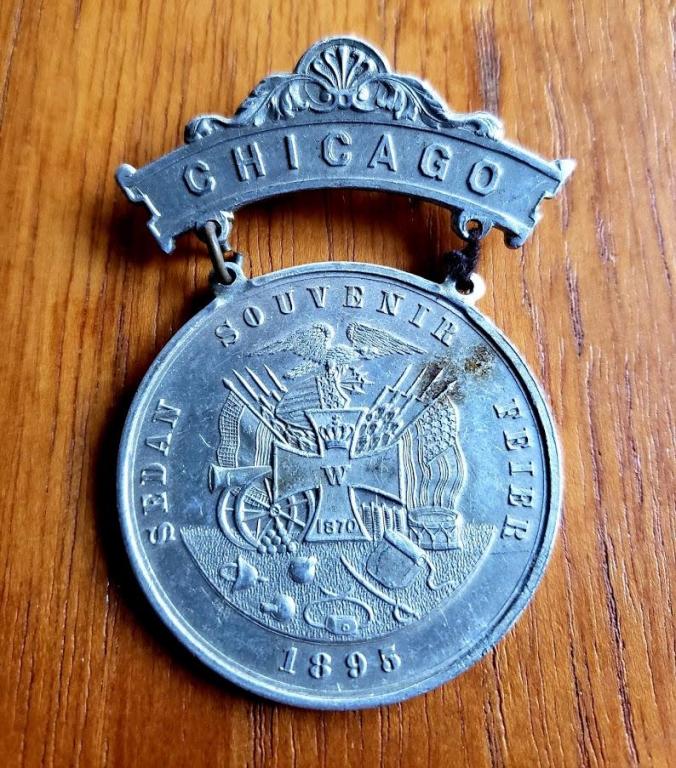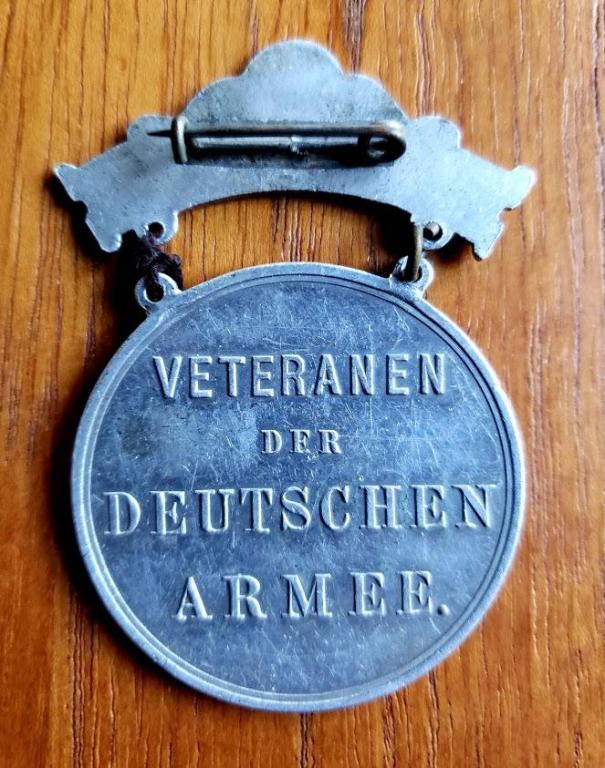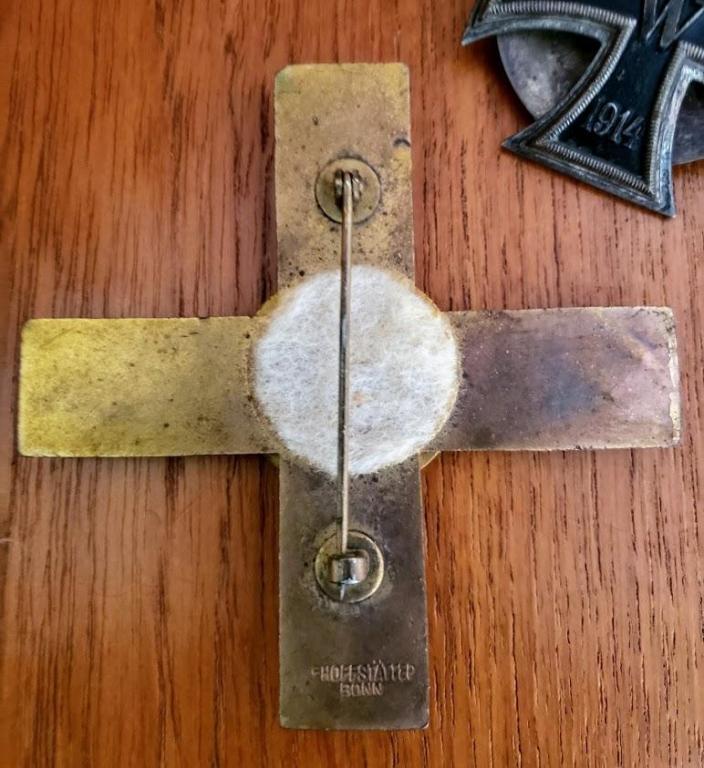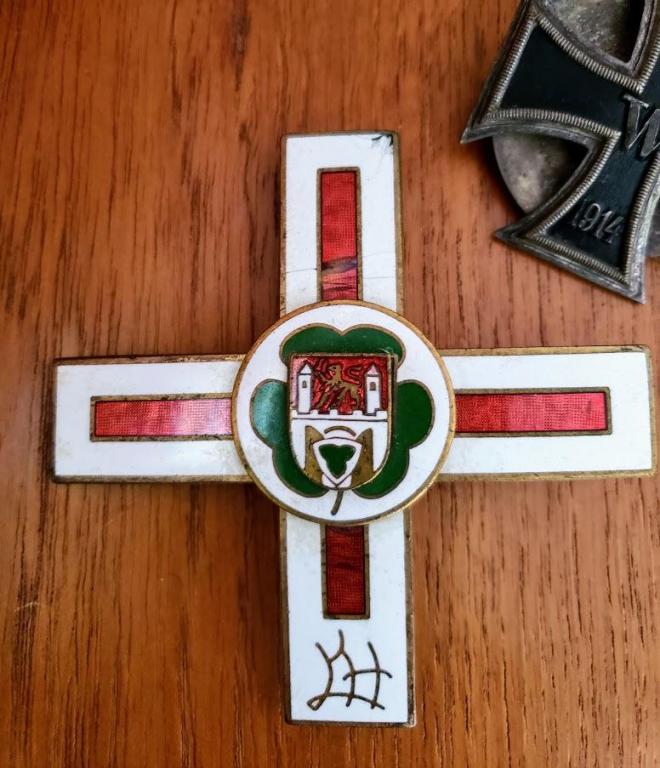-
Posts
2,550 -
Joined
-
Days Won
5
Content Type
Profiles
Forums
Blogs
Gallery
Events
Store
Everything posted by Eric Stahlhut
-
once again the thuringer feuerwehr-verband medal gods have smiled upon me--this one cost $7 it's the 2. form (1925-34) for 33 years of service, it's unmarked for maker and is a 40mm piece of silver. since the ribbons for both forms are the same--can anyone dfinitely confirm that-- i'd like to eventually obtain two short lengths to place behind each one
-

K. A. G. - maker of Iron crosses from Bratislava?
Eric Stahlhut replied to kasle's topic in Germany: All Eras: The Iron Cross
-

K. A. G. - maker of Iron crosses from Bratislava?
Eric Stahlhut replied to kasle's topic in Germany: All Eras: The Iron Cross
it's an extremely regrettable fact that konstantin's many wonderful tomes have not been translated nor made available in the west -

EK 1914 Double stamped 800 EK1
Eric Stahlhut replied to Chris Boonzaier's topic in Germany: All Eras: The Iron Cross
eight years later, i have a few observations here are two further examples-- one has a 2 above the 800 while the other appears to have a faintly stamped 11; notice that all three crosses have the placement of the markings on the exact same spot of the cross arm, which indicates that the workshop that produced these was fairly meticulous in adhering to production standards and guidelines. if you look at all three crosses, you will notice minute differences which indicates assembly by different individuals. also the chops themselves are unique, which means that each employee probably had their own set of tools. my opinion is that these additional marking were identifiers for quality control or perhaps even a work measurement tool for production purposes. (fritz got employee of the week and took home a bonus because he met or exceeded the quota for the week, etc. etc.) sorry in advance for the crappy cell pics, but i hope you get the idea -
yes, they made them with this style of fastener, and despite the picture of the obverse making me nervous, the two pics of the reverse reassure me somewhat. it's probably original--what type of metal is it made of, and what is the weight? the front makes it appear to be made of aluminum that has abrasions with paint flaking off (pretty sure i have one somewhere, when it surfaces i'll edit some pictures into this post)
-
blackcowboybs, thank you mr. wyoming, here's another item that has many elements that you have expressed an interest in (german veterans, freemasons, fraternal societies, german immigrants and culture before and at the turn of the last century, etc) and i hope you like it fellow forum member ralph a has or had an example that is complete and in better condition: https://gmic.co.uk/topic/10037-st-john39s-iron-cross/ p.s. my apologies, i just noticed that you have already viewed his example on a seperate thread
-
no thread for this rare award, so i'm starting one. hopefully in the future either myself or someone else will add a first class example. that one is a pinback with beautiful blue enamel instead of black here's a second class grade of the federation of NCOs, or noncommissioned officers, who were either active duty or reservists. not much is known about this organization other than it ended around 1935. to me the design is very handsome and timeless. enamel is high quality and silver-plated cross measures approx. 37mm, and ribbon appears to be contemporary to the cross. looks like someone used a safety pin to attach to a jacket or tunic.
-
i'd say that most were made in the states as there was no shortage of skilled labor to do that sort of thing. to me, they all possess a certain "american" style incorporated into the primary german elements. also, there was a lot of back-and-forth. people would make their fortune in the states and the family members would return to the old country. for example, my grandfather was sent to germany in 1919 at the age of 17 to begin an apprenticeship, he ended up enduring the terrible post-war situation-- things were pretty bad (disease, bad economy, violence), so instead of staying there once he became a journeyman jeweler/watchmaker he returned back to the states in the mid-20s another person that springs to mind is a certain frederick trump!
-
in seattle there was a building that housed and was owned by a german war veteran's society and it was very active from the 1890s right up until 1917, when sentiment rapidly turned against people of german descent--my grandfather once told a story of a mob attempting to break down the front doors while the members escaped through the rear of the building, carrying as much of value as they could. the building was set on fire and subsequently burnt down. (see the 'crossover appeal' link) the interwar years were not so bad: http://depts.washington.edu/heritage/Organizations/Clubs/gersoc.htm here's something else that may interest you, even though it's in relic condition. it was struck to commemorate a fundraising event held in st. louis, missouri on sept. 3rd and 4th of 1914. the top has the colors of the triple alliance of germany, austria-hungary, and italy, with an imperial crown at the top and an american crest at the bottom. at the time, both the german and irish communities strongly urged neutrality--but once the u.s. entered the war in 1917, both communities suffered greatly as a result. it's interesting to note that the imperial crown has been covered up by lead (but not on the cross)--which most likely happened later on when the kaiser abdicated in 1918. crown removal is something that one can occasionally encounter on german badges and medals .
-
i originally posted this one on march 30, 2013 but the images have since been "lost"... ...so today, as i've established just exactly what it is, i'm reposting it... ...it's the 1st form---made in 1925 by godet--and at the very most, only 10 to 15 examples were presumably awarded!!! rarity factor: RRR oh happy day
-
i'm glad you like the 1895 chicago badge (25th anniversary of sedan)--please note that i posted it on the 150th anniversary! anyways, the sailor is sporting a 1901 china medal and a centenary medal, or kaiser-wilhelm-erinnerungsmedaille-zentenarmedaille, from 1897, to commemoratesthe 100th birthday of kaiser wilhelm #1. p.s. i won't surprise me one little bit if a fellow forum member happens to come along and identify this fellow--never fails to blow my mind when that occurs
-
these portraits are superb, and i hope that over time more images of german-american veterans of the franco-prussian war are added to this thread--- it's a fascinating subject. in the mean time, here's a memento from a festival held in chicago to commemorate the decisive battle of sedan, held on the first days of september in 1870. it's made of aluminium and the disc has a diameter of 39mm, so it's rather large
-

who can ID this badge?
Eric Stahlhut replied to Eric Stahlhut's topic in Germany: Weimar Republic & Deutsche Freikorps
many thanks, gentlemen... i've figured out who has another one of these-- i was correct-- i spotted it lurking in the middle of a comprehensive wound badge/weimar/freikorps collection-- and have reached out to the owner. he hasn't been online for three months or so, but i'm very patient! cheers, e~ -

who can ID this badge?
Eric Stahlhut posted a topic in Germany: Weimar Republic & Deutsche Freikorps
here's something i've had for a while, but never gotten around to identifying. i am fairly certain have seen it in reference books and in collections that consist of predominantly freikorps/veterans/20s-30s items. looks like a karnevalsorden, but my guess is that it could be chamber of commerce, public health, or agriculture related. it's an extremely large item at 75mm and has a "f. hofstatter, bonn" hallmark used from 20s thru the 40s. brass and enamel, disregard the cotton thingy stuck onto the reverse--no idea why that was applied anyone recognize this? -

Das Deutsche Trainkreuz
Eric Stahlhut replied to Eric Stahlhut's topic in Germany: Weimar Republic & Deutsche Freikorps
to get this thread back on topic, i have added a link to an article from chris' excellent website, "the soldier's burden": http://www.kaiserscross.com/76001/76022.html so basically, this cross was from a veterans organization that represented troops whose task was to cover supply & logistics for support services to the front. no mean feat during ww1... -

Das Deutsche Trainkreuz
Eric Stahlhut replied to Eric Stahlhut's topic in Germany: Weimar Republic & Deutsche Freikorps
wow, uwe! thank you so much for sharing these images. the first one is of a second class, and it sure looks like the second one is that of a first class that has been converted for wearing at the neck. it looks like someone took a long length of ribbon (these are on the narrow side at 25mm) and added a larger ring . who knows if they actually made an official komturkreuz? for perspective on the size of cross vs. size of ribbon, here's a shot of one of mine that has also been removed from a medal bar



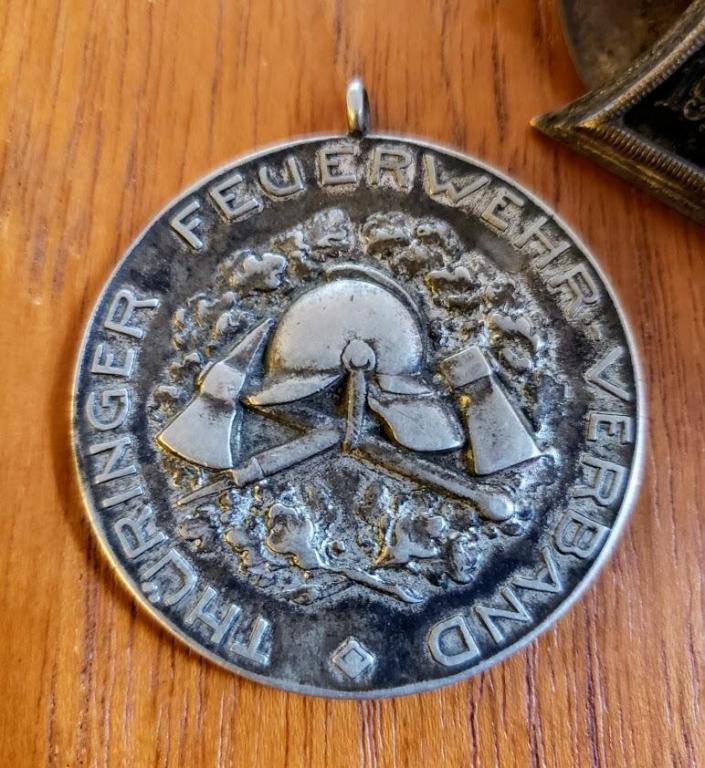
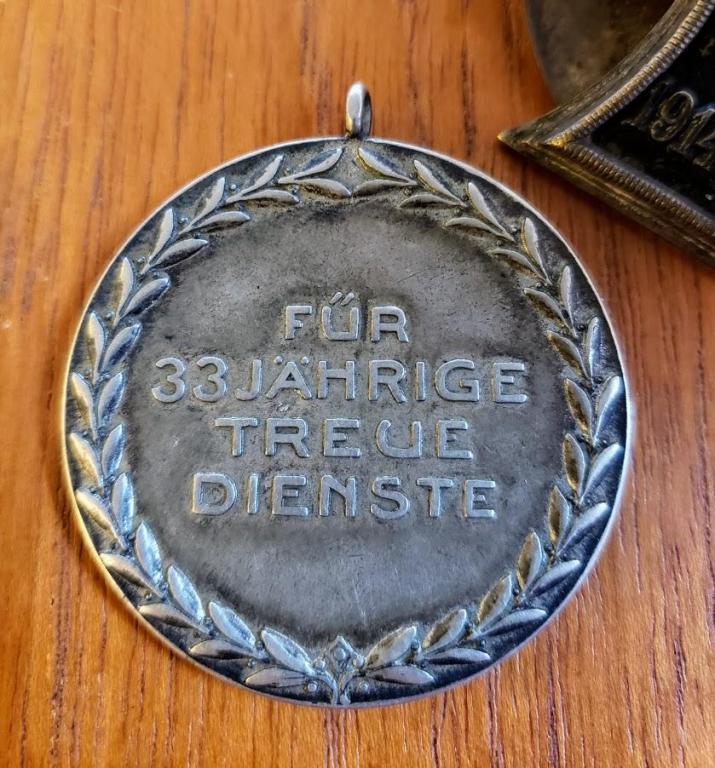
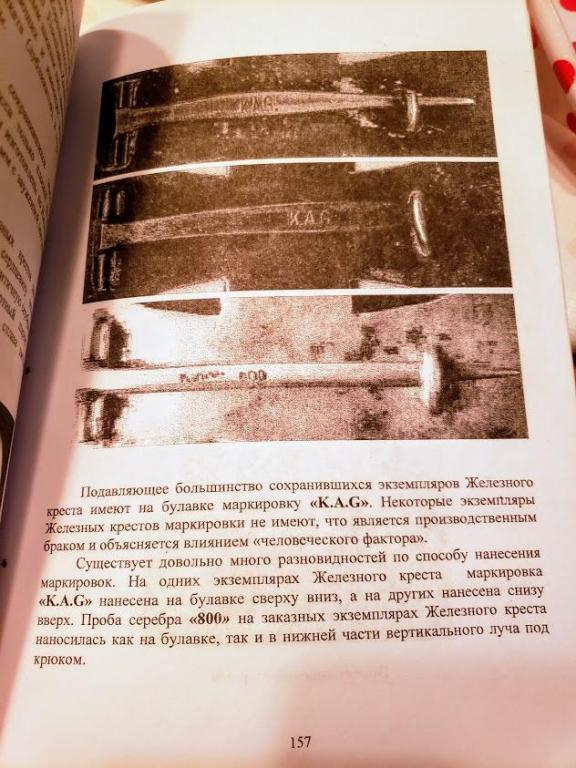
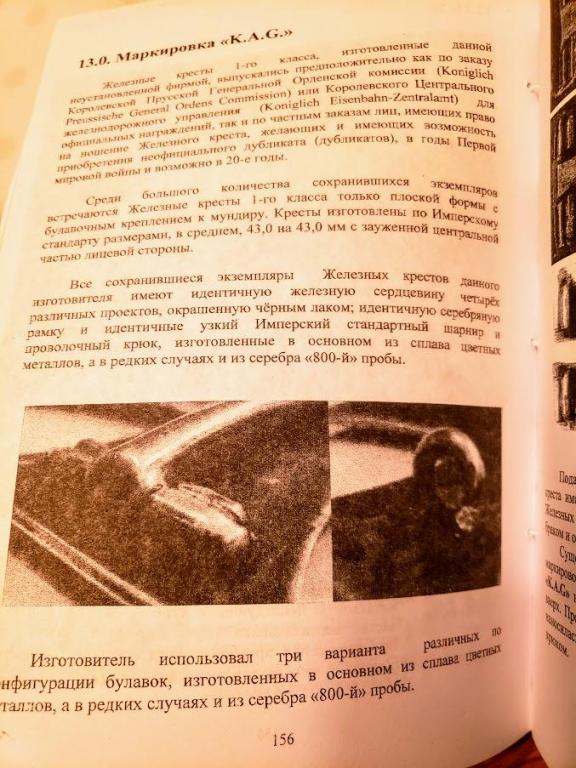
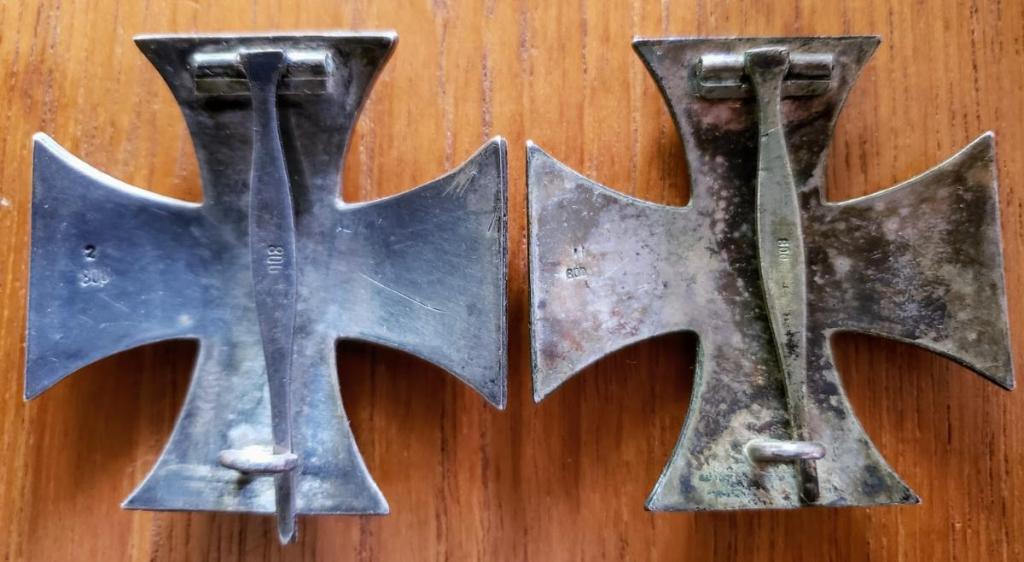
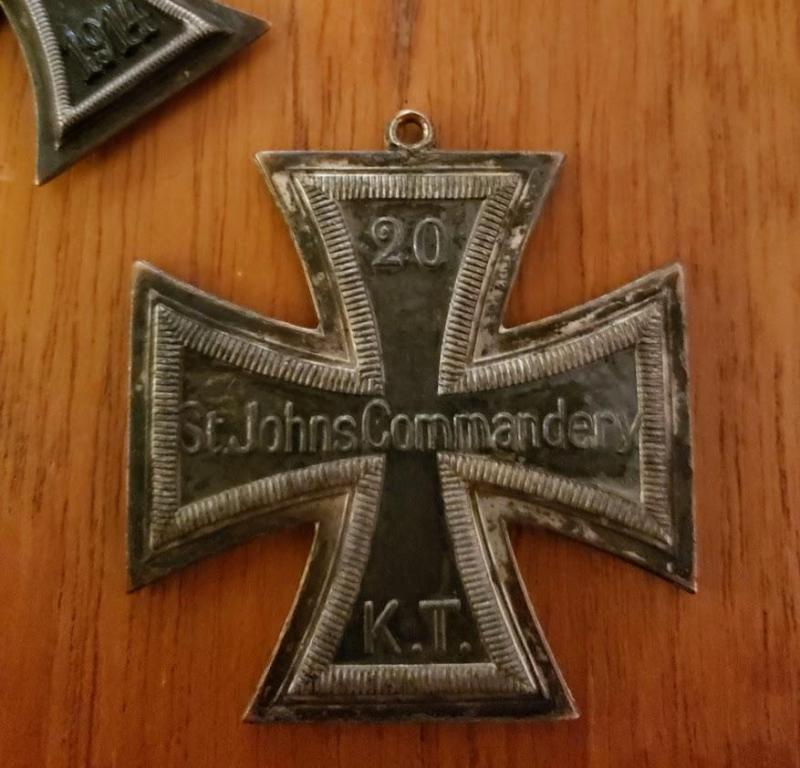
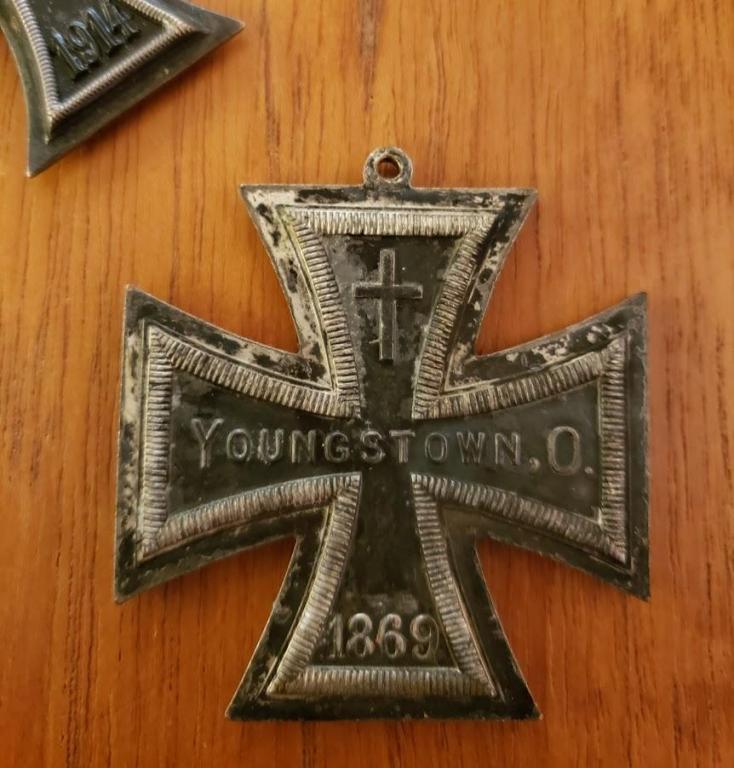

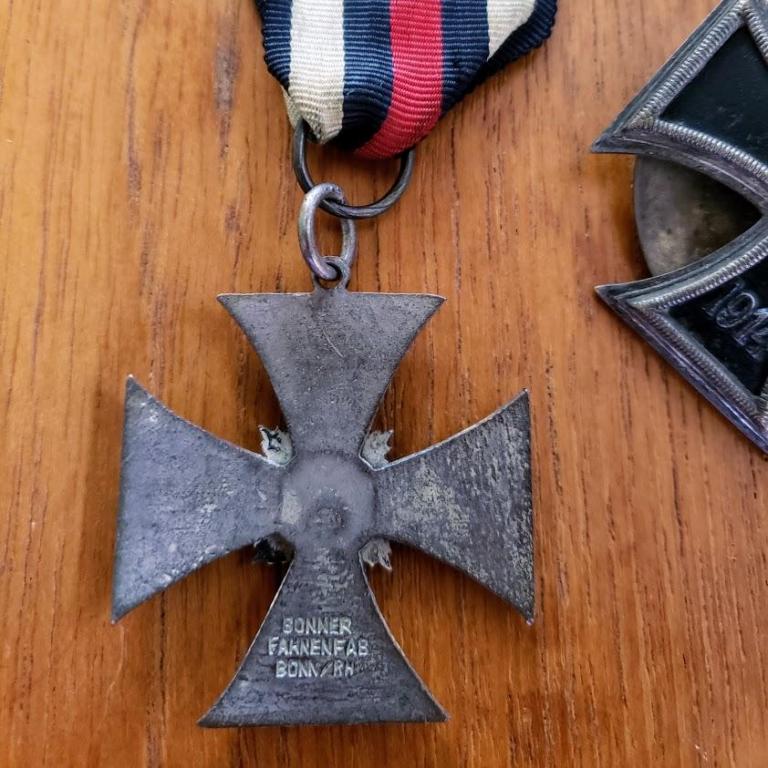

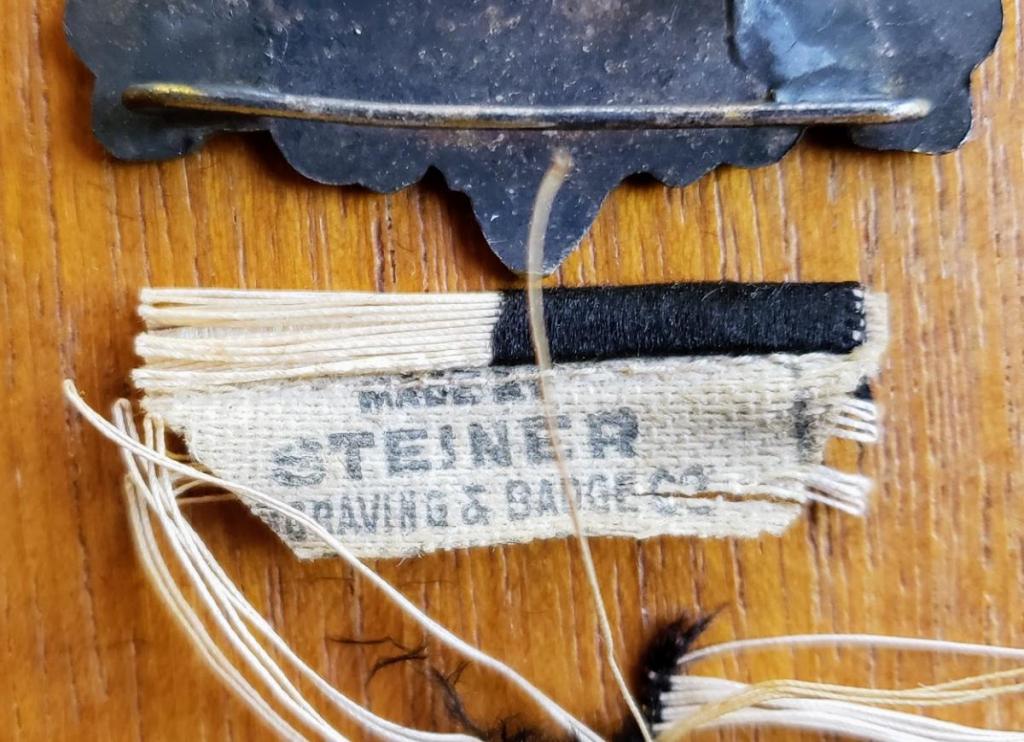

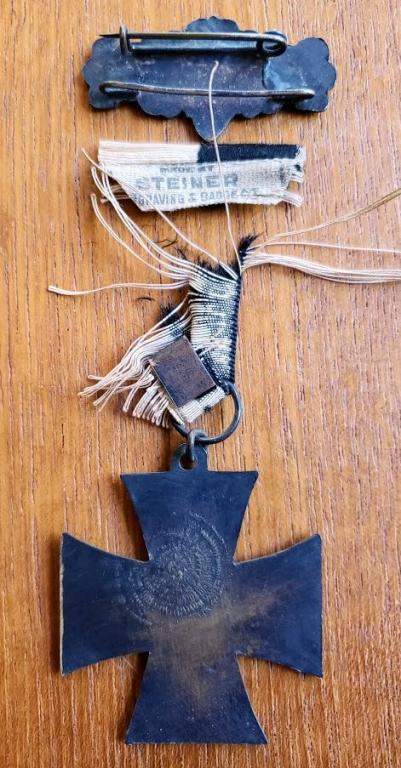
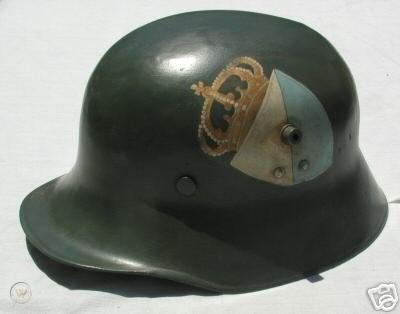
.thumb.jpg.d796dbd65cd848cc67b48c3a430eeeb4.jpg)

